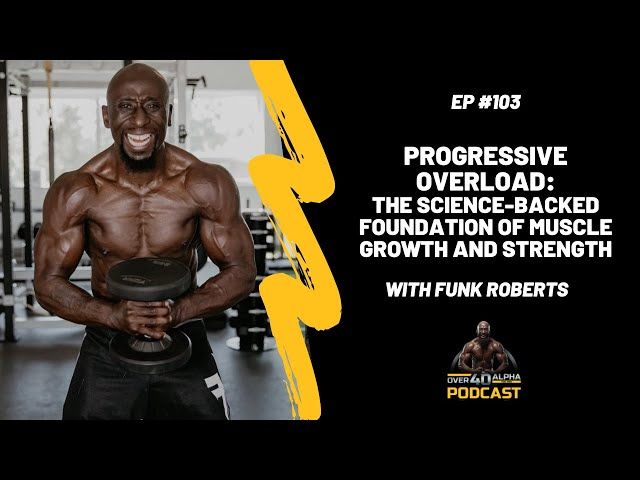In the world of strength training, one principle stands out above all others when it comes to making progress and achieving gains: progressive overload. In essence, progressive overload means continually increasing the demands placed on the body in order to force it to adapt and grow stronger over time. This principle is the cornerstone of strength training programs around the world and is backed by scientific research that proves its effectiveness.
What is Progressive Overload?
Progressive overload is the practice of gradually increasing the intensity, volume, or frequency of exercise in order to continually challenge the body and stimulate muscle growth. This can be achieved by increasing the weight lifted, the number of repetitions performed, or the number of sets completed. The key is to push the body just beyond its current limits in a structured and systematic way, allowing for recovery and adaptation to occur.
The Science Behind Progressive Overload
When you lift weights or perform strength training exercises, you are essentially breaking down muscle fibers and creating micro-tears in the muscle tissue. In response to this stress, the body initiates a process of repair and remodeling that ultimately leads to increased muscle size, strength, and endurance. This process is known as hypertrophy.
Progressive overload is the catalyst for hypertrophy because it signals to the body that it needs to adapt and grow stronger in order to handle the increased demands being placed on it. By consistently challenging the muscles with heavier weights and more intense workouts, you create a stimulus for growth that results in gains in muscle mass and strength over time.
How to Implement Progressive Overload
There are several strategies you can use to implement progressive overload in your strength training routine. One of the most common methods is to gradually increase the weight lifted on each exercise as you become stronger. This can be done by adding small increments of weight to the bar each week or increasing the resistance on machines or cables.
Another approach is to increase the number of repetitions performed for each exercise until you are able to perform more than the previous workout. This can help you build endurance and strength simultaneously, leading to greater gains over time. Additionally, you can increase the number of sets performed for each exercise in order to increase the overall volume of work done and challenge the muscles in a different way.
The Benefits of Progressive Overload
Progressive overload is essential for achieving meaningful gains in strength and muscle mass. By continually challenging the body with increased demands, you force it to adapt and grow stronger over time. This results in improved performance, increased muscle size, and greater overall fitness levels. In addition, progressive overload can help prevent plateaus and keep your workouts challenging and engaging.
When implemented correctly, progressive overload can lead to significant improvements in strength, muscle mass, and overall fitness levels. By understanding the science behind this principle and using it to inform your training routine, you can optimize your workouts and achieve your strength training goals more effectively. Remember to approach progressive overload with patience and consistency, as it is a long-term strategy that requires dedication and commitment to see results.
So, if you’re looking to take your strength training to the next level and maximize your gains, make progressive overload a key focus of your workout routine. With dedication, hard work, and a scientific understanding of how the body responds to training stimuli, you can unlock your full potential and achieve the strength and muscle gains you’ve been working towards.
Conclusion
Progressive overload is the backbone of effective strength training programs and is supported by scientific research that proves its effectiveness in promoting muscle growth and strength gains. By understanding the science behind progressive overload and implementing it strategically in your workouts, you can accelerate your progress and achieve your strength training goals more efficiently. Remember to approach progressive overload with patience, consistency, and a willingness to challenge yourself, and you will see the results you desire.
